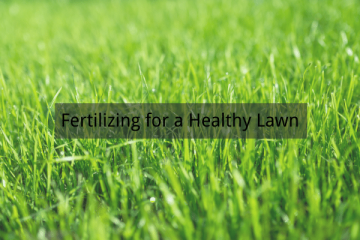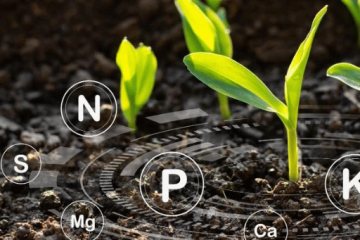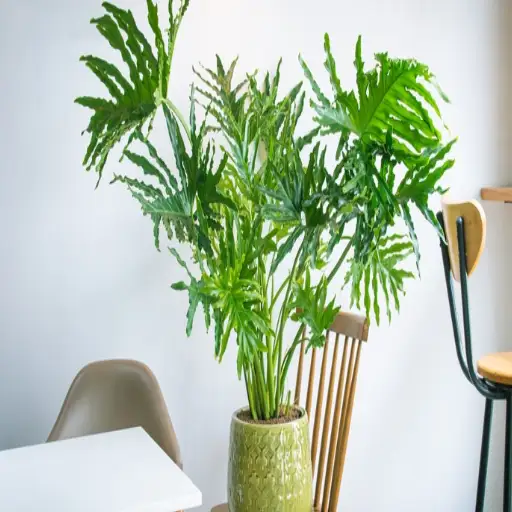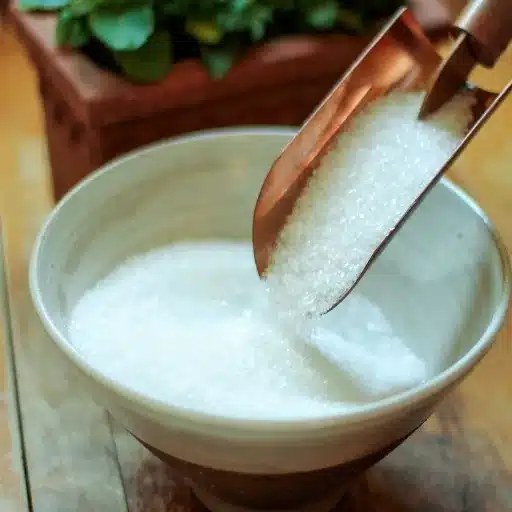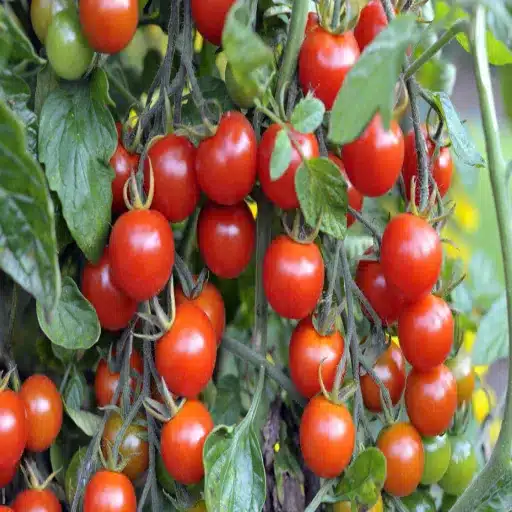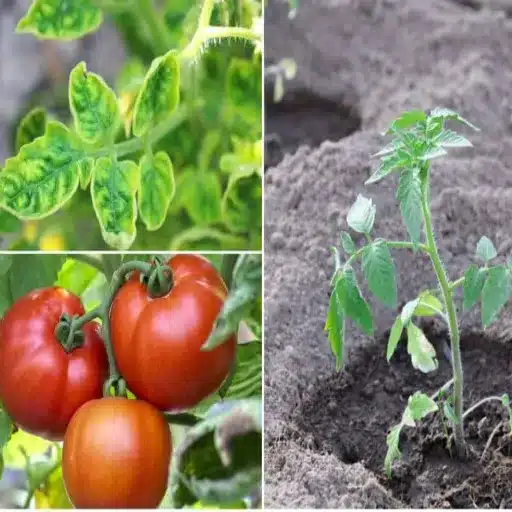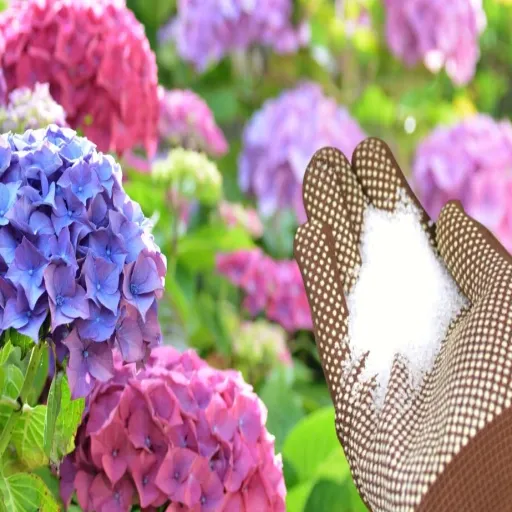Epsom salt, chemically known as magnesium sulfate, is often touted as a versatile and natural solution for enhancing plant growth in home gardens. While its benefits for specific plants, such as tomatoes and peppers, are widely discussed, the potential downsides of using Epsom salt are rarely highlighted. Not all plants respond positively to magnesium sulfate, and in some cases, its application can disrupt nutrient balances, leading to poor growth and other issues. This article aims to provide a detailed and authoritative analysis of which plants may not thrive with the addition of Epsom salt and the underlying reasons behind these effects, giving gardeners the knowledge to make informed decisions for their soil and plant health.
Which common garden plants should not be treated with Epsom salt?
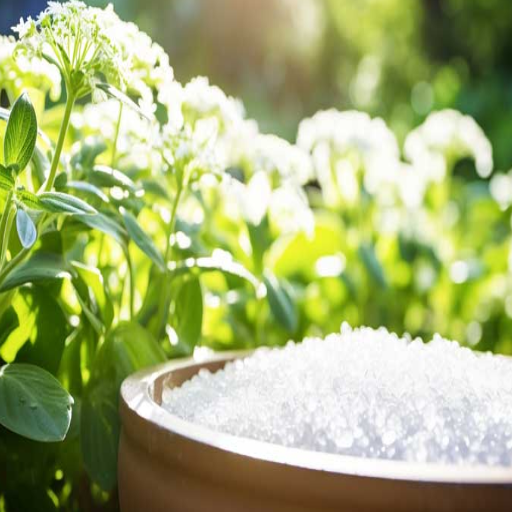
Do tomato plants dislike Epsom salt?
From my experience, tomato plants do not inherently dislike Epsom salt, but its application must be approached with caution and based on specific conditions. Tomatoes typically require magnesium as part of their nutrient needs, and Epsom salt (magnesium sulfate) can supplement this if the soil is deficient. However, applying Epsom salt without first testing the soil’s magnesium levels can lead to an imbalance, possibly causing issues such as calcium deficiency (resulting in blossom end rot).
- Soil Magnesium Levels: Make sure to carry out a soil test before using Epsom salt to find out whether magnesium deficiency exists. Ideal levels of soil magnesium should be roughly 25-50 ppm.
- Soil Calcium to Magnesium Ratio: The ideal ratio remains 3-5 parts calcium to 1 part magnesium, although this will vary from soil to soil. Getting this balance wrong can inhibit calcium absorption.
- Epsom Application Rate: If you decide to use it, use it very carefully, and increase the rate to 1 tablespoon of Epsom salt dissolved in one gallon of water, and applied monthly as a foliar spray or soil drench.
This can help mitigate some plant stress but can inflict more. Achieving the balance is the goal, especially when it comes to nurturing soil and facilitating nutrients for vigorous-growing tomato plants.
Are there any vegetable garden plants that react negatively to Epsom salt?
Some veggies garden plants may not appreciate Epsom Salt, especially those that are vulnerable to Magnesium overdose. In my research, I found a lot of Magnesium impedes the absorption of Calcium within Crops such as tomatoes, peppers, and beans; thus causing physiological disorders like blossom-end rot.
- Magnesium Concentration: Confirm through testing supplementation of magnesium if it is less than 110ppm.
- Calcium to Magnesium Ratio: To prevent competitive inhibition maintain the ratio between 3:1 to 6:1.
- Plant Specifics: Understand that not all vegetation will benefit from extra Magnesium. Some are sensitive to changing soil conditions.
Therefore, it is necessary to analyze the soil and assess the plant’s conditions and ratios that they require before using Epsom salt.
How can I tell if my plants don’t like Epsom salt?
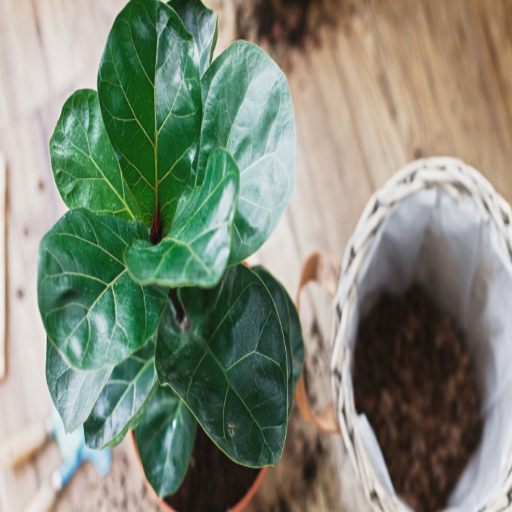
What are the signs of magnesium toxicity in plants?
Magnesium poisoning is uncommon but can happen from applying too much Epsom salt or other magnesium compounds. The symptoms of interveinal chlorosis, which is yellowing between veins on older leaves, and possible stunted growth due to nutrient deficiencies are some of the notable symptoms. These symptoms occur because magnesium interferes with calcium and potassium, which are essential nutrients for the plant.
- Magnesium Levels in Soil: While some plants may be able to cope with other ranges on the lower side, the ideal magnesium level for most plants is between 20-30 meq/L, anything above 40 meq/L poses serious risks for the plant toxins.
- Calcium to Magnesium Ratio: 2:1 ratios may pose a deficit of calcium due to excess magnesium hence causing a death spiral for the plant.
- Potassium to Magnesium Ratio: The total absorbable K/Mg ratio should not fall below 2-3 K/Mg, failing to do so may foster competition for limited nutrients.
If the balance between nutrient application and soil health is not maintained, plants suffer dire consequences; hence regular soil testing is pivotal in avoiding toxins.
How does the yellowing of leaves relate to Epsom salt use?
The term ‘chlorosis’ refers to leaves turning yellow and this can be associated with a magnesium deficiency in plants. As magnesium is part of the chlorophyll structure, its deficiency impedes the formation of chlorophyll, so that the leaves turn yellow, while interveinal parts of the leaves remain green, which is termed interveinal chlorosis. I solve this problem with magnesium sulfate, Epsom salt to be precise, because it is inexpensive and easily dissolvable in water.
- Concentration in Solution: The optimal range of magnesium sulfate is around 1-2 tablespoons in 1 gallon of water. It can be foliar sprayed, applied as a soil drench, or provided in other plant-specific forms.
- Frequency of Application: Applications are spaced appropriately (e.g. 4-6 weeks) to avoid excessive magnesium accumulation and nutrient imbalance.
- Recommended Soil pH: The ideal soil pH for close to maximum magnesium availability is 6.0-7.5; I test the soil before the application of magnesium-containing fertilizers.
These measures combined with routine tests of soil and tissue greatly reduce the risk of excessive magnesium while effectively countering the leaf yellowing that results from magnesium deficiency.
Can Epsom salt cause root damage?
Indeed, excessive intake of Epsom can pose a danger to the root systems of plants. Overuse causes a rise in soil salinity which leads to the plant suffering from osmotic stress that limits the amount of water being absorbed by the plant.
- Recommended Dosage: For every gallon of water that I use for foliar spray, I do not exceed 1 tablespoon while for soil herbal application, I limit the usage to 1 or 2 tablespoons for every 9 square feet.
- Frequency of Application: I only allow applications a minimum of 4-6 weeks apart when I feel a lot of salt is accumulating in a resource, so during these periods I typically do not use the solution.
- Monitoring Soil Conditions: I check conductivity (EC) level frequently to salinity below 2 dS/m to avoid salt toxicity.
These rules allow me to effortlessly introduce magnesium where it is needed without worrying about root damage.
What are the alternatives to Epsom salt for plants that don’t like it?
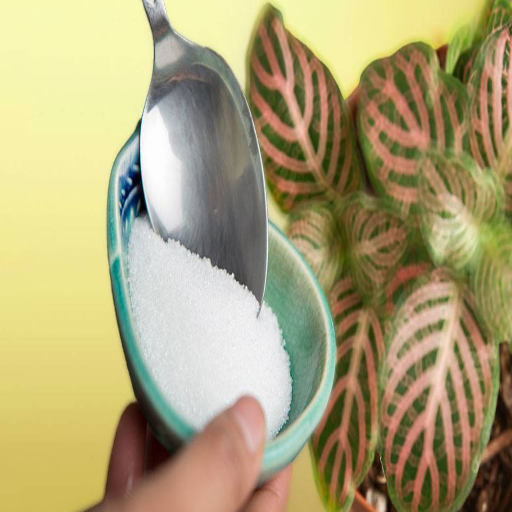
Which organic fertilizers can replace Epsom salt?
In my quest for organic magnesium supplementation, I typically consider the following options: Epsom salt alternatives tend to lean towards organic sources, which are bound to pose a challenge.
- Dolomitic Lime: What makes Dolomitic lime effective is that it provides both magnesium and calcium nutrition to the soil. It is suitable for plants with a sweetish soil pH. Depending on the pH and magnesium levels of the soil, application rates typically range from 5 to 10 pounds for every 100 square feet.
- Kelp Meal: Although less than what is found in dolomitic lime, Kelp Meal still contains magnesium alongside other vital nutrients. I apply Kelp Meal at a rate ranging from 1 to 2 pounds for every 100 square feet to promote soil fertility over some time.
- Compost with Green Waste: Several forms of green waste in compostable form such as banana peels, when composted, can contribute minute amounts of magnesium. This kind of incorporation is good for the soil because of its slow-release effect.
- Greensand: Besides improving soil structure, Greensand is an exceptional source of magnesium. I apply it at 2 to 4 pounds for every 100 square feet to give the soil greater nutrient content.
These alternatives are versatile innovations because they not only supply magnesium but serve multifunctional purposes for the plants and soil such as provision of other nutrients and soil structure improvement.
How can I address magnesium deficiency without using Epsom salt?
Generally speaking, soil amendments such as salt and Gypsum can be used to address Magnesium deficiencies. However, in these cases, I tend to abstain from using Epsom salt.
- Greensand: For its natural soil construction qualities, I use 2 pounds of Pounds per 100 square feet. It helps to make available stored Magnesium and other beneficial trace elements.
- Dolomite Lime: It balances the acidic soil pH levels while serving as an addition to Magnesium. I do a soil test to establish the level of pH balance. Balance ensures justification for long-term benefits. Generally, using 5 pounds of Upon achieving 100 square feet works best.
Keeping in mind the bare-bone basics, both options help combat Magnesium scarcity while simultaneously ensuring soil health. This nitty-gritty is what makes plants readily avail nutrients faster. To top it off, soil tests are key for achieving specific ratios in application for the varying conditions in the garden.
How can I safely use Epsom salt in my garden without harming sensitive plants?
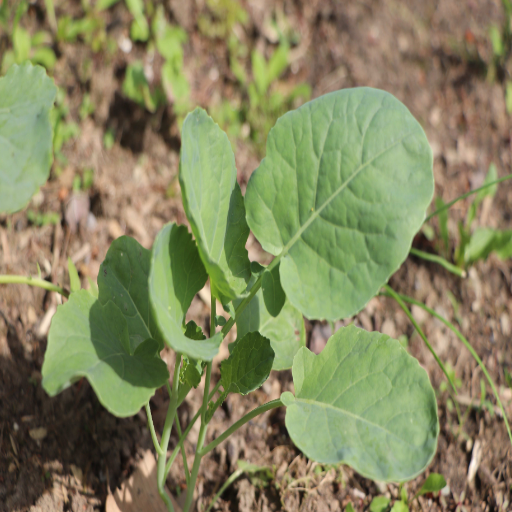
What is the correct amount of Epsom salt per gallon of water?
For Epsom salt to be effectively useful in your garden, I suggest dissolving 1–2 tablespoons in 1 gallon of water. This dilution ratio allows for magnesium and sulfur to help aid in plant growth while ensuring that sensitive plants do not risk being over saturated which can be harmful.
- Magnesium Content: Salt has 10 percent of its weight as magnesium. Some of the plants that lack magnesium show stunted growth rate as well as a condition of chlorosis where the leaves tend to turn yellow and leaf veins give it a slight color difference. In this dilution, the magnesium level is ideal for foliar absorption and application without disrupting the cultivation equilibrium.
- Sulfur Content: Salt contains around 13% sulfur, which is a vital nutrient for any plant in terms of health and growth. This amount also tends to help with the strength of the plant without risking a surplus of sulfur in the soil.
- Frequency of Application: For nearly all plants, this mixture needs to be added only once every 4 to 6 weeks while the plants are growing to eliminate the risk of oversaturation.
Also, it is advisable to always check your soil tests before adding salt so that it is confirmed that the magnesium is required, as additional nutrients tend to complicate soil chemistry which can be harmful to the roots of the plants.
How often should Epsom salt be applied to the garden?
I suggest that the application of Epsom salt be done to the garden once every 4-6 weeks, throughout the season. This will ensure that plants are well provided with magnesium and sulfur and that the soil is not overly saturated. Important factors include:
- Levels of Magnesium: The soil has to be tested for magnesium so that its level is confirmed deficient before adding Epsom salt to the soil. High magnesium levels can block the intake of calcium and potassium.
- Quantity of Sulfur: The 13% sulfur ratio of Epsom salt also helps in enhancing the nutrient balance in the soil. However, application of Epsom salt in excess can result in the accumulation of sulfur which will affect the soil pH and microbial action.
- The ratio of Dilution: 1-2 tablespoons of Epsom salt mixed in a gallon of water is allowed for foliar sprays or soil drenches. This concentration is sufficient to correct the magnesium deficiency without nutrient toxicity.
Prior testing of soil conditions is important to ensure proper nutrient environments that would facilitate, rather than inhibit, plant growth.
Is it better to apply Epsom salt to soil or as a foliar spray?
I would recommend assessing the nutrient deficiency and the grade to which correction is required on a plant basis while considering whether to apply Epsom salt to soil or as a foliar spray.
- Foliar Spray: Magnesium deficiencies can be swiftly remedied by applying nutrients through leaves. When using this technique, 1-2 tablespoons of Epsom salt should be diluted into a gallon of water. This method is most beneficial when the plants start exhibiting yellowing foliage or reduced activity since it works more effectively than soil spraying.
- Soil Application: For Epsom solely dissolving in the soil is more reasonable when there is a need to supply magnesium over long periods, particularly at the early stages of planting. This approach requires the use of tests first hand while offering a slowly available nutrient supply. The soil pH should ideally be in the range of 6.0 and 7.0 with regions of good soil drainage to be able to provide the nutrients.
In the end, it boils down to one’s personal choice based on the degree of urgency of the nutrient deficiency and the conditions the plants are growing within. Both techniques can be applied correctly and rightfully to achieve suitable outcomes considering soil test results and the specified application rates.
When should I avoid using Epsom salt in my garden?
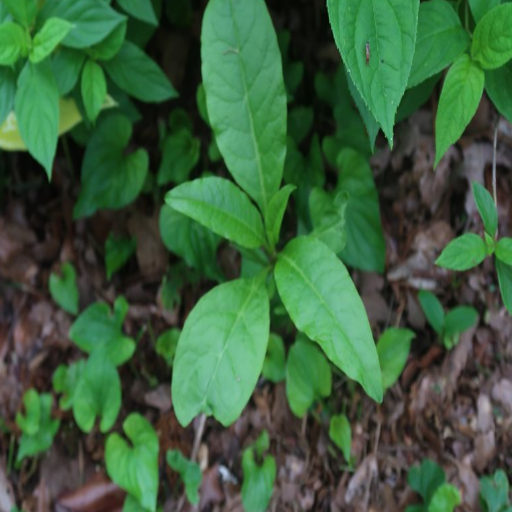
Is Epsom salt harmful to garden soil in the long term?
Epsom salt, cherished purely for its magnesium sulfate (MgSO4) composition, can be used in garden soil as long as it is used in moderation depending on soil test results. Nonetheless, its excessive use is bound to have severe long-term issues, including magnesium toxicity, the severe imbalance of soil nutrients, and even the complete disruption of soil PH levels. Too much Epsom salt can raise magnesium levels far beyond acceptable amounts and, in return, make it impossible for plants to absorb the necessary calcium and potassium they need to thrive.
- Recommended Application Rates: In case there aren’t any specific soil tests done, the general rule is to use 1 tablespoon of Epsom salt for every gallon of water for foliar application and 1-2 tablespoons for every square foot for soil application.
- Target Soil Magnesium Content: Almost ideal magnesium levels for the majority of soils are 10% – 20% of the base saturation in a soil test.
- Optimal Soil pH Range: Similar to many other things, Epsom salt works wonders for soil pH levels between 6.0 and 7.0, extreme acidic or alkaline soil greatly reduces its effectiveness and overuse can make matters worse.
- Drainage Conditions: Try avoiding poorly drained soils to negate the accumulation of salts that impact soil structure and fertility.
Frequent examination of soil is crucial in understanding the nutrient levels and eliminating high magnesium concentrations. So long as Epsom salt is used as instructed, it poses little long-term risk to soil health.
Can Epsom salt negatively affect beneficial soil microorganisms?
Yes, Epsom salt can be detrimental to useful soil microorganisms if it is excessively applied or used inappropriately. Too much magnesium and sulfate can sabotage the nutrient composition and diversity of microbes which is essential for balanced soil ecosystems.
- Magnesium Saturation Levels: Above 20% of the base saturation in magnesium can suppress the activity of certain microorganisms because magnesium, calcium, and potassium compete for resources.
- Sulfate Toxicity Thresholds: Concentrated amounts of sulfate can cause osmotic stress in microorganisms that are sensitive to salinity, thereby decreasing their numbers and total enzymatic reactions in the cell.
- pH Impact: The utilization of Epsom salts on soils with a pH below 6 or above 7 can result in the drifting of microbial habitats towards unfavorable acidity or alkalinity.
Epsom sulfate salt can only be used economically on soil that allows for drainage and has favorable pH levels. In all other conditions, microbes will face an extinction crisis.
Should I use Epsom salt if I haven’t done a soil test?
Applying Epsom salt without a soil test is ill-advised. Not having accurate information related to the soil parameters like pH, magnesium saturation, and sulfate concentration makes nutrient balancing in the soil a very risky undertaking along with a possible negative impact on microbial activity.
- Magnesium Saturation: Magnesium should not be allowed to exceed twenty percent of total base saturation due to the possibility of competition with calcium and potassium which are essential for plant development.
- Sulfate Concentration: Limit sensitive microorganisms that could be osmotically stressed are potentially harmed by overly high sulfate concentrations.
- Optimal pH Range: Use Epsom only in soils where pH acid ranges between 6.0 and 7.0 to support healthy microbial communities for ecosystems.
- Soil Drainage: Do not use undrained soils with poor drainage as well as over-saturated soils since higher accumulation of sulfates will hurt plants as well as soil health in the long run.
After all, a soil test is the best solution to make sure using Epsom salts will be a boost rather than a detriment to your soil.
Reference sources
Frequently Asked Questions (FAQs)
Q: What is the truth about Epsom salt in the garden?
A: The truth about Epsom salt in gardening is that while it can be beneficial for some plants, it’s not a cure-all. Epsom salt provides magnesium and sulfur, which some plants need. However, it’s important to test your soil before applying, as overuse can harm plants and soil health.
Q: How much Epsom salt should I use on plants?
A: The amount of Epsom salt to use depends on the plant and application method. For general use, mix 1 tablespoon per gallon of water for foliar spray, or 1 cup per foot of plant height for soil application. Apply every two to four weeks during the growing season. However, it’s crucial to test your soil first to determine if your plants need the extra magnesium.
Q: Can Epsom salt kill plants?
A: Yes, Epsom salt can kill plants if used excessively. While it’s not the same as table salt, it is still a kind of salt. Overuse can lead to magnesium toxicity, which can damage or kill plants. It’s essential to use Epsom salt sparingly and only when necessary, based on soil test results.
Q: Which plants like Epsom salts?
A: Plants that typically benefit from Epsom salts include those with high magnesium needs, like tomatoes and peppers. Roses, potatoes, and some leafy greens may also respond well to Epsom salt treatments. However, not all plants need extra magnesium, so it’s important to assess your soil and plant needs before application.
Q: Is Epsom salt good for all plants in the garden?
A: No, Epsom salt is not universally good for all plants in the garden. While many gardeners use Epsom salt as a home remedy for various plant issues, it’s only beneficial for plants growing in soils with low magnesium levels. Overuse can lead to nutrient imbalances and potentially harm plants that don’t need extra magnesium.
Q: Can I use Epsom salt on potted plants?
A: Yes, you can use Epsom salt on potted plants, but with caution. Potted plants have limited soil volume, making them more susceptible to nutrient imbalances. Use a diluted solution (1 tablespoon per gallon of water) and apply sparingly, only when plants show signs of magnesium deficiency. Always ensure proper drainage to prevent salt buildup in the root zone.
Q: Does Epsom salt kill weeds?
A: While some people use Epsom salt to kill weeds, it’s not an effective or recommended weed killer. Epsom salt may temporarily damage or kill some weeds due to its salt content, but it doesn’t target weed roots and can harm surrounding soil and beneficial plants. There are more effective and eco-friendly weed control methods available.
Q: Can I use bath salts instead of Epsom salt for plants?
A: No, you should not use bath salts instead of Epsom salt for plants. While Epsom salt is pure magnesium sulfate, bath salts often contain additional ingredients like fragrances, colors, and other chemicals that can be harmful to plants. Stick to pure Epsom salt specifically labeled for garden use when treating plants.

